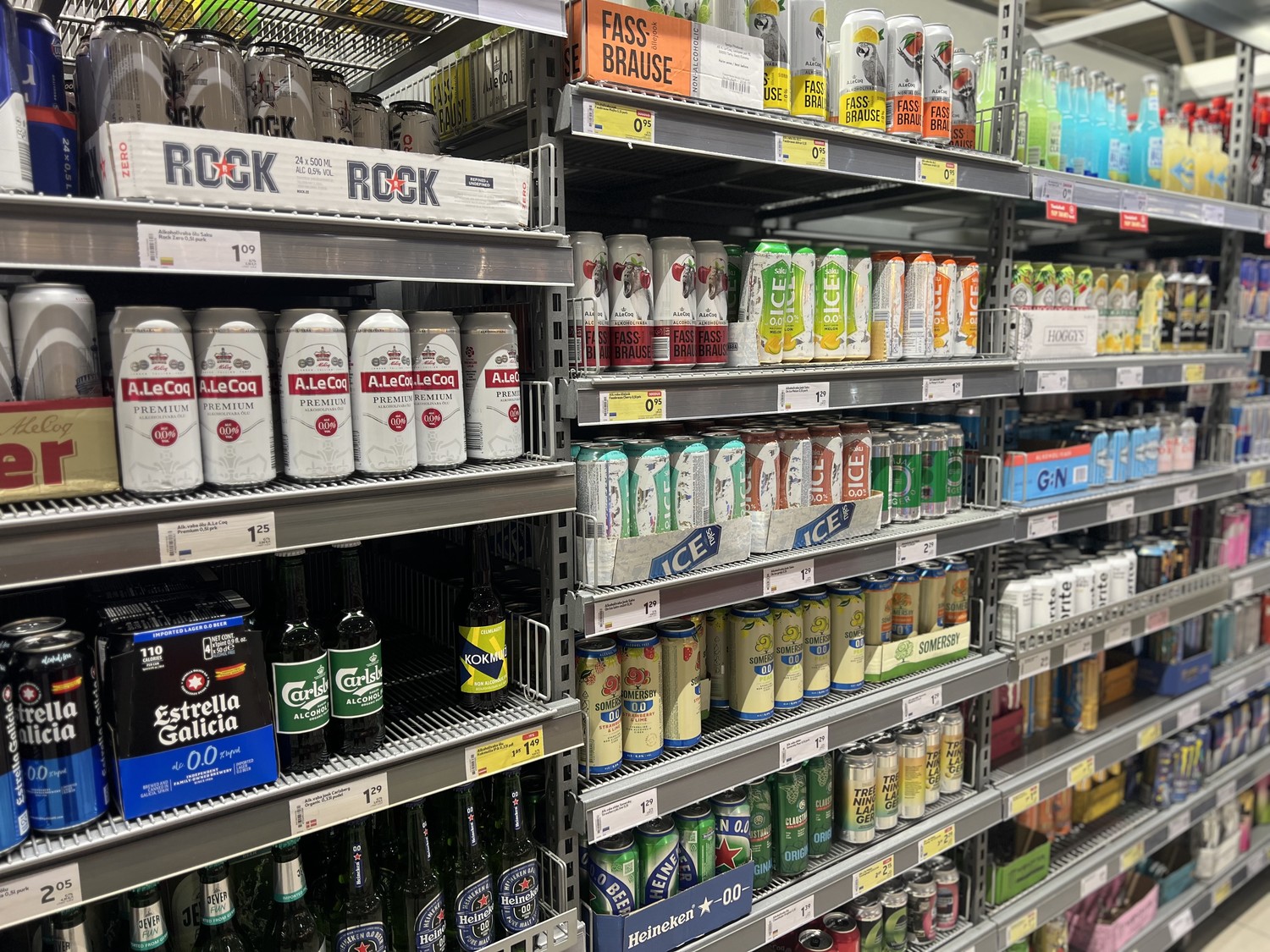
In Recent Years, Europe’s Non-Alcoholic Beer Market Has Been Growing Steadily — and Estonia, Though Cautiously, Is Following Suit While still a niche product, non-alcoholic beer is gaining traction in Estonia — both among consumers and producers. Although up-to-date figures for 2025 are not yet available, the last clear data point comes from 2019, when non-alcoholic beer accounted for around 3% of the Estonian beer market. Since then, the trend has been upward, reaching an estimated 4–5% by 2024–2025. Beer remains a popular beverage in Estonia overall — in 2022, per capita consumption stood at approximately 79 liters, according to Statista. What portion of that is non-alcoholic is still uncertain, but signs of growing interest are hard to ignore. Estonia’s two largest breweries — Saku and A. Le Coq — both offer dedicated lines of non-alcoholic beers. A. Le Coq, for instance, produces an alcohol-free porter, signaling an effort to move beyond traditional lager-style flavors. Craft breweries are also playing a role in this shift. Põhjala, known for its experimental styles, has released alcohol-free variants as well, contributing to greater diversity on store shelves. This suggests the movement is not merely about following a trend but also about exploring new tastes and product formats. At the EU level, production of non- and low-alcohol beer rose by 11.1% in 2023, reaching 2 billion liters, according to Eurostat. In contrast, traditional beer production grew by only 0.6%. These numbers highlight that the interest in non-alcoholic beverages is no longer a passing experiment but a stable, long-term trend — especially among younger consumers who increasingly choose moderation and healthier lifestyles. Although Estonia is not yet among the European leaders by volume, it mirrors the same upward momentum. Major producers aren’t just ticking boxes by offering alcohol-free options — they’re actively promoting them, investing in technologies such as vacuum de-alcoholization that preserves flavor, and expanding their product ranges. It’s important to note that the non-alcoholic beer consumer isn’t necessarily someone who has entirely given up alcohol. This segment includes drivers, athletes, and anyone who simply wants to enjoy the taste of beer without the effects of alcohol. As non-alcoholic beverages shed the stigma of being a “lesser” alternative, they’re increasingly seen as a distinct category with its own culture and style. In short, non-alcoholic beer still holds a modest share of Estonia’s market — but it’s becoming more visible. With broader European trends, growing consumer interest, and a proactive approach from both mass-market and craft producers, the demand is likely to continue rising. It’s not a revolution, but a steady shift toward greater diversity in both consumer preferences and brewing approaches. | |
|
| |
| Total Comments: 0 | |